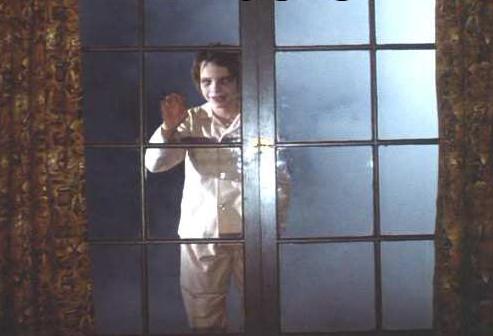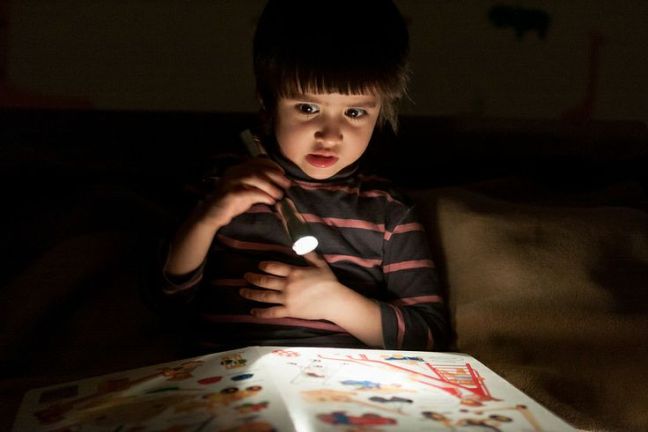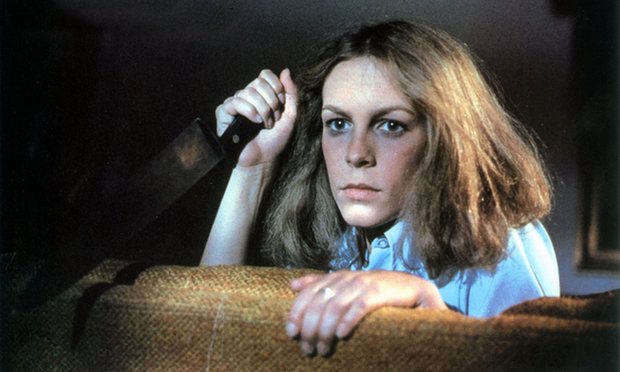From studying horror fiction, I have realised that in most academic writings about horror, theorists and writers acknowledge why people read horror and how reader-response theory can be attached to the genre, but they rarely place devout focus upon the writer. Mallon and Kirsch adopt this approach, claiming ‘the unknowability of… [the writer] is a key ingredient in his greatness’ (2014). This practice of neglecting the writer merges with New Criticism (click here) which examined the formal elements in texts to gather meaning from the text only. In all honesty, when I am reading horror fiction, I do not explicitly think what was the intention behind this piece and how has the writer used their experience to make fear operate within it? Instead, I think how has this piece reflected upon my own experiences? However, is bypassing the intention of the writer neglecting the very psychoanalytical nature of horror writing?
When I read a text, I think of my own experience and knowledge and how such writing has revived feelings which have been hiding underneath my denial for years. For example, Pullman’s ‘Video Nasty’ reminded me explicitly of a memory I had been attempting to forget – sitting with friends watching my first horror movie. I now know this is a memory I will never forget.
This is mostly because the text offers evidence proving how such startlingly memorable events will always haunt the subconscious, ‘”Snuff Park,” said Martin… “You seen it?” The boy shrugged again and said “Yeah”. He wasn’t looking down at any of them, but down at the pavement. He scuffed the broken glass with one foot’ (Pullman, 1994: 556). This is especially due to how peer pressure operates as an untameable force which inevitably and ironically ushers us into our own uncertainty and fear, ‘Martin twisted his mouth. Kevin, behind him, said, “He’ll never take it. He’ll never take the pressure”‘ (Pullman, 1994: 558).

However, for us to be able to reflect upon these experiences in the first place, writers must exploit their own knowledge and experience to create writing that will be effective and believable – writing that will explore fear in its most natural, memorable and understandable form and startle the mind with its persistence (click here).
So, if we are not only just reflecting on our own experiences and knowledge, but on experience and knowledge of the creator, why do we only focus upon ourselves? Is it because we are selfish, or simply naïve?
Scanlan classifies such neglect as obscene, suggesting writers use their experience to become ‘remnants of a romantic belief in the power of marginalised persons to transform history’ (2001: 2).
However, academics neglect Scanlan’s thoughts about how the writer’s intentions are vital in uncovering the meaning of the piece, instead exploring only the whole instead of the individual. This is perhaps one of the biggest mistakes of all. Writing about personal, truthful fear is a problematic operation. We must delve into details that are harmful not only to our readers, but to our minds and memories. As Marano claims, ‘It can be dangerous to capture in words what skulks in the Mirkwood of you head’. He refers to Guy de Maupassant who ‘[was] tortured by what he imagined’ and ‘died crazy’ from ‘slit[ting] his own throat’ (2007: 54).

Plagued all his life by scandals and rumours, dogged by depression, prey to terrible fantasies and even more terrible phobias, his writing reflects the madness in every lover’s heart, the dark side of desire, the terror of being consumed alive by something half-goddess, half-beast (Telegraph Reporters, 2016).
Therefore, if writers constructed narratives upon how something became so closely intertwined with their subconscious, shouldn’t we assess the impact of fear on the psyche of the writer rather than on that of ourselves?
After all, horror is all about the mind. It is based upon how we present, deal with and accept fear. Therefore, to neglect the writers mind is arguably to neglect the meaning behind the narrative. Is it not true that if we misinterpret what the writer meant and what messages they wanted to convey, then we are misinterpreting the meaning of how fear operates in the piece altogether?
Sources:
Anon (2014) ‘How Important is the Author When Reading a Book?’. Available at: https://www.quora.com/How-important-is-the-author-when-reading-a-book
Mallon, T. and Adam Kirsch (2014) ‘When We Read Fiction, How Relevant Is the Author’s Biography?’ Available at: http://www.nytimes.com/2014/06/29/books/review/when-we-read-fiction-how-relevant-is-the-authors-biography.html?_r=0 [accessed 22 November 2016].
Marano, M. (2007) ‘Going There: Strategies for Writing the Things That Scare You’ in On Writing Horror, ed. by Mort Castle, Cincinnati, Ohio: Writer’s Digest Books.
Pullman, P. ‘Video Nasty’ (1994) in The Mammoth Book of Modern Ghost Stories, ed. by Peter Haining, London: Robinson, 2007.
Scanlan, M. (2001) Plotting Terror: Novelists and Terrorists in Contemporary Fiction, United States: University Press of Virginia.
Telegraph Reporters (2016) ‘Edgar Allan Poe: The Master of Horror Writing’. Available at: http://www.telegraph.co.uk/books/authors/edgar-allan-poe-the-master-of-horror-writing/ [accessed 18 November 2016].
















